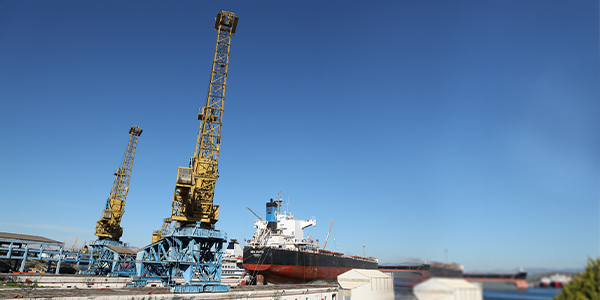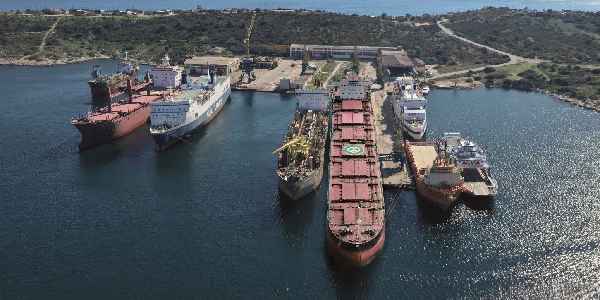Cranes are extremely useful in the shipping industry. They are used in ports to load ships, onboard ships to move cargo, offshore platforms as well as oil rigs. Marine cargo cranes operate in challenging conditions, such as exposure to corrosive effects of salt water along with weather elements like strong winds, since crane locations are continuously subjected to such constants.
For ship operations, cranes and related auxiliary equipment are crucial, hence any issue with them can result in an extended port stay, property damage or even casualties. Cranes, like other pieces of heavy machinery used on a work site, require routine maintenance and inspection to keep them safe to use.
A crane comprises mainly of the following sections and equipment:
Base structure of the craneFixed PedestalMoving TurretJib ArmHoist with WireHydraulic & Electric EquipmentSafety Devices
Below are few maintenance requirements that generally apply to just about all types of cranes:
- Steel wire ropes — Steel wire ropes must be lubricated along the entire length of the rope. Every component that comes into touch with the steel wire rope, including the pulley and winch drum, also needs to be lubricated. In addition, the rope should be regularly inspected for evident defects as well as excessive wear and tear.
- Brakes — Regular brake pad thickness inspections and service must be performed on crane brakes in accordance with the manufacturer’s specifications.
- Hydraulic systems — The hydraulic systems of the crane’s core machinery should all undergo routine inspection and assessment. This covers all functioning parts of the overall system, such as the actuator, pump, motor, accumulator, and valves. Every part that would be put to use should be examined, general wear and tear and in particular cracking.
- Hydraulic fluids and filters — In accordance to manufacturer’s recommendations, hydraulic fluid levels and filters should be maintained. This could include topping off, draining, and replacing the filter and the fluid at scheduled intervals.
- Rotating parts — Sheaves, bearings, and slew rings, to name just a few, are examples of the hardware and parts that enable the crane to rotate and are mainly located in the base structure. It’s crucial that all rotating parts are frequently inspected for damage and wear and that all of the parts are lubricated.
Take nothing for granted when repairing a crane or any piece of equipment that operates with it. Preventative maintenance schedules ought to include every part of a crane, such as stated above.
Our crane technicians and engineers have received training in both mechanical and hydraulic crane repairs. Personnel at Kynosoura Dockyard have many years of experience in the field of control system maintenance, conducting diagnostics and repairs for cranes of any complexity and in a timely manner. We put forth every effort to ensure that cranes operate without any interruption as we recognize the significance and responsibility of the task performed.
At Kynosoura Dockyard, we provide shipbuilding and repair services in Salamis, Greece for over 50 years. We work to provide you with high quality and safety standards that are created to meet the demands of the shipping industry on the most cost-effective basis through our shipyard and large pool of experienced labor strategically located in the heart of the Mediterranean.




